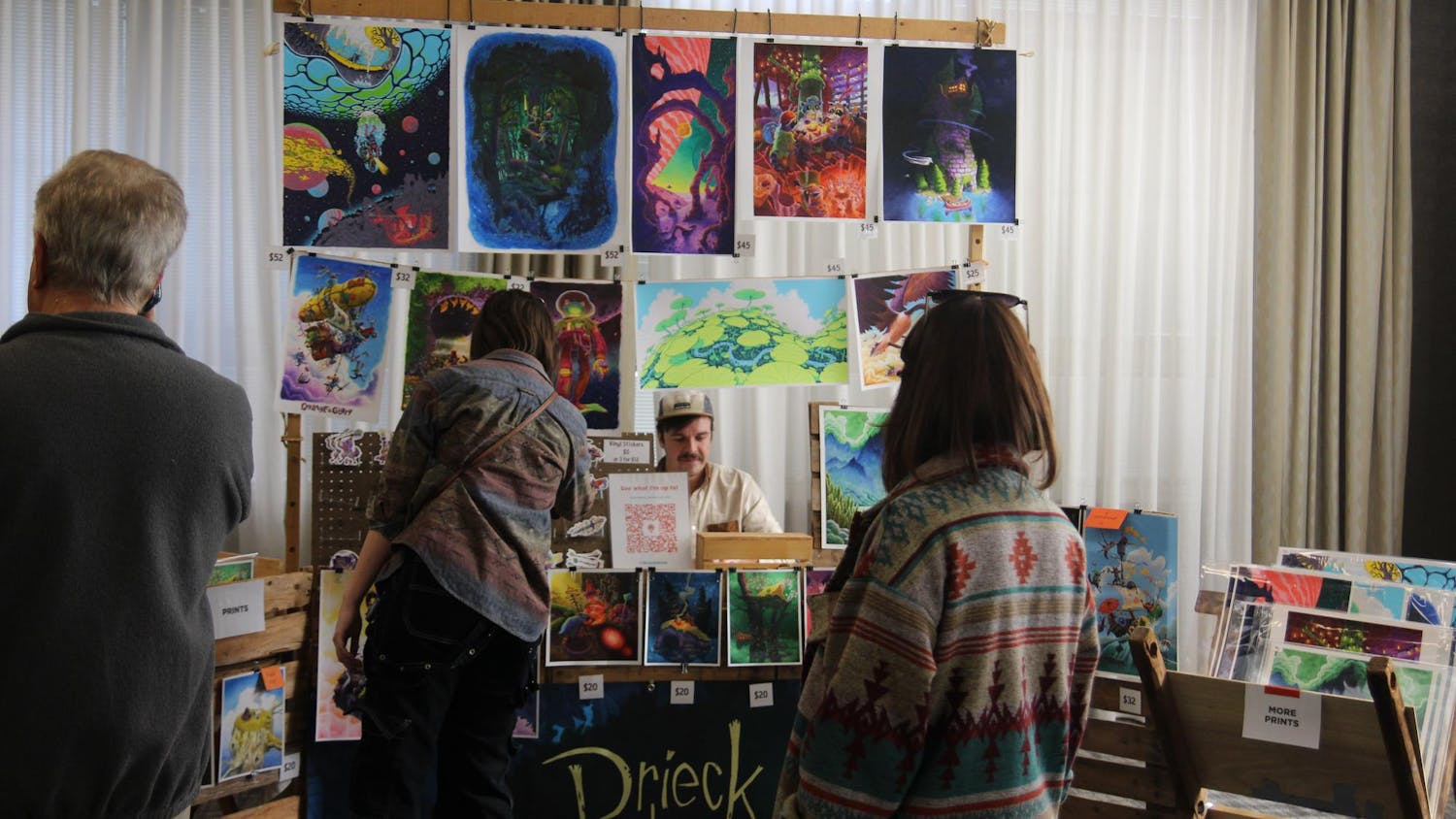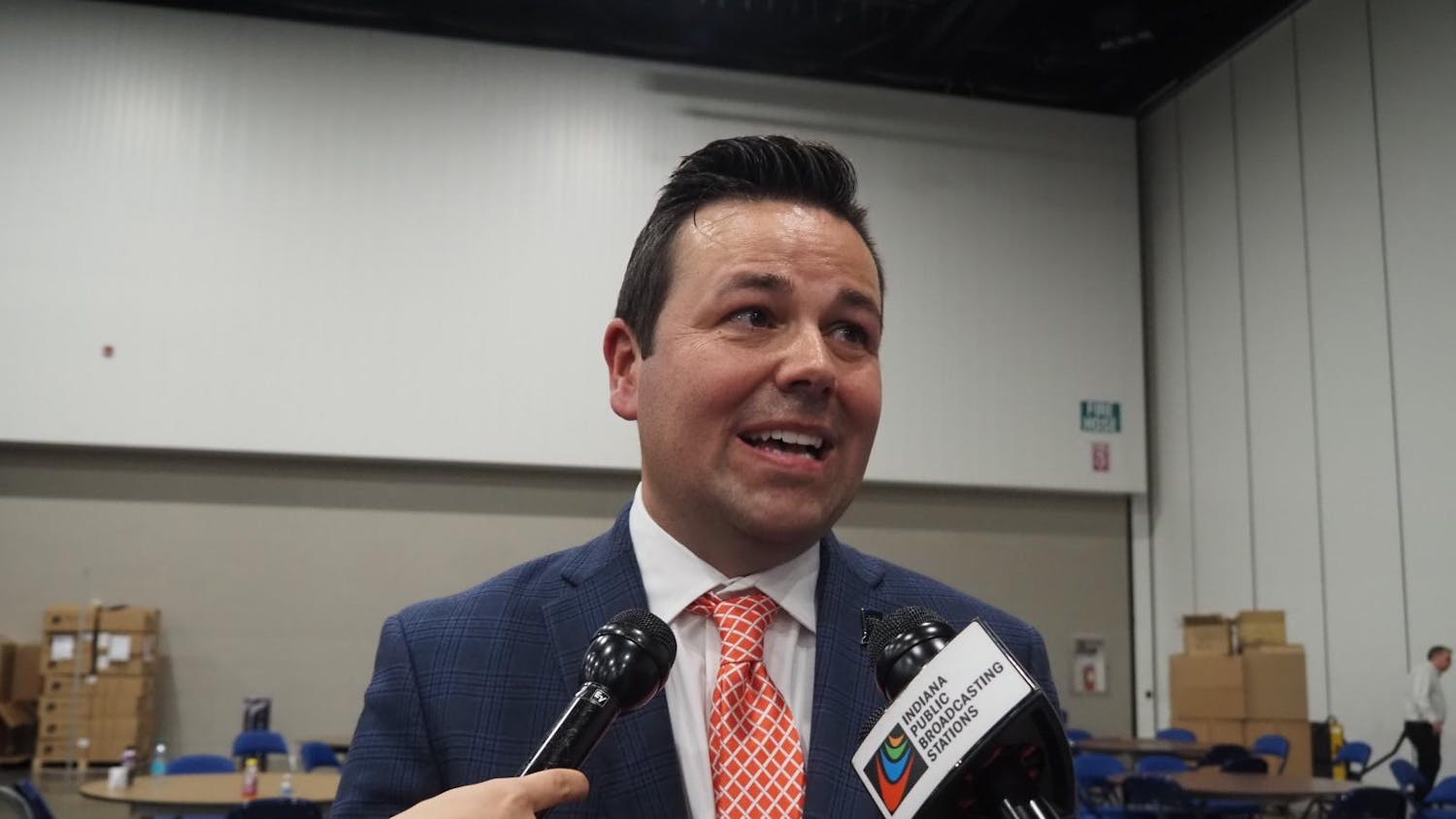BERLIN – Researchers in Germany have used a modern medical procedure to
uncover a secret within one of ancient Egypt’s most treasured artworks
– the bust of Nefertiti has two faces.
A team led by Dr. Alexander Huppertz, director of the Imaging Science
Institute at Berlin’s Charite hospital and medical school, discovered a
detailed stone carving that differs from the external stucco face when
they performed a computed tomography, or
CT, scan on the bust.
The findings, published Tuesday in the monthly journal Radiology, are
the first to show that the stone core of the statue is a highly
detailed sculpture of the queen, Huppertz said.
“Until we did this scan, how deep the stucco was and whether a second
face was underneath it was unknown,” he said. “The hypothesis was that
the stone underneath was just a support.”
The differences between the faces, though slight – creases at the
corners of the mouth, a bump on the nose of the stone version – suggest
to Huppertz that someone expressly ordered the adjustments between
stone and stucco when royal sculptors immortalized the wife of Pharaoh
Akhenaten 3,300 years ago.
“Changes were made, but some of them are positive, others are negative,” Huppertz said.
John H. Taylor, a curator for Ancient Egypt and Sudan at the British
Museum in London, said the scan raises interesting questions about why
the features were adjusted – but that answers will probably remain
elusive.
“One could deduce that the final version was considered in some way
more acceptable than the ‘hidden’ one, though caution is needed in
attempting to explain the
significance of these changes,” Taylor wrote in an e-mail.
The bust underwent a similar CT scan in 1992. But the more primitive
scanner used then only generated cross sections of the statue every 5
millimeters – not enough detail, Huppertz said, to reveal the subtlety
of the carving hidden just 1 or 2 millimeters under the stucco.
Egyptologist Ludwig Borchardt discovered the bust in 1912 and added it
to Berlin’s Egyptian collection on Museum Island, a cluster of five
neoclassical art halls that make up one of the city’s most familiar
landmarks.
Currently on display at the Altes Museum, the bust will move next door
when the Neues Museum reopens in October after a lengthy restoration by
British architect David Chipperfield.
In 2007, Wildung denied a request from Egypt’s antiquities chief to
borrow the bust for an exhibition, saying it was too fragile to
transport. Huppertz said the results of his scan added credence to that
claim.
Taylor, the British Museum curator, said the better understanding of the bust’s structure will also help preserve it.
“The findings are particularly significant for the information they
shed on the constructional process and the subsurface condition of the
bust, which will be of value in ensuring its long-term survival in good
condition,” Taylor said.
CT scan reveals face hidden under Nefertiti bust
Get stories like this in your inbox
Subscribe





